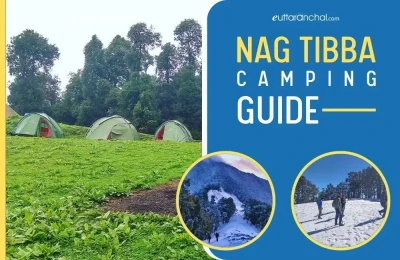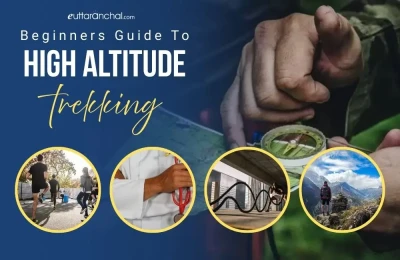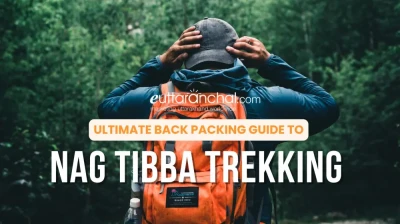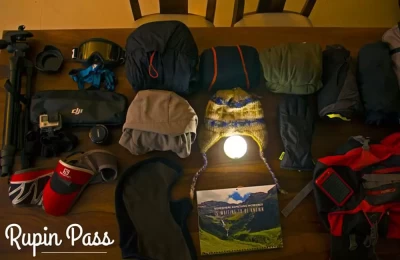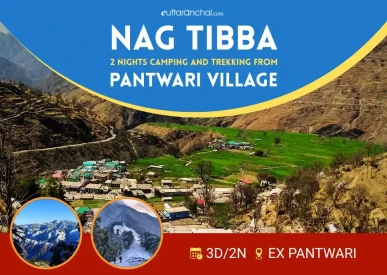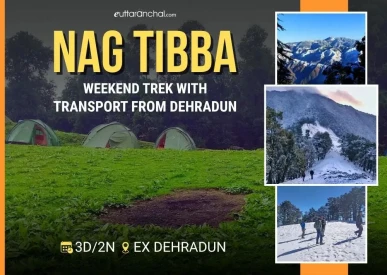Sunrise at Nag Tibba
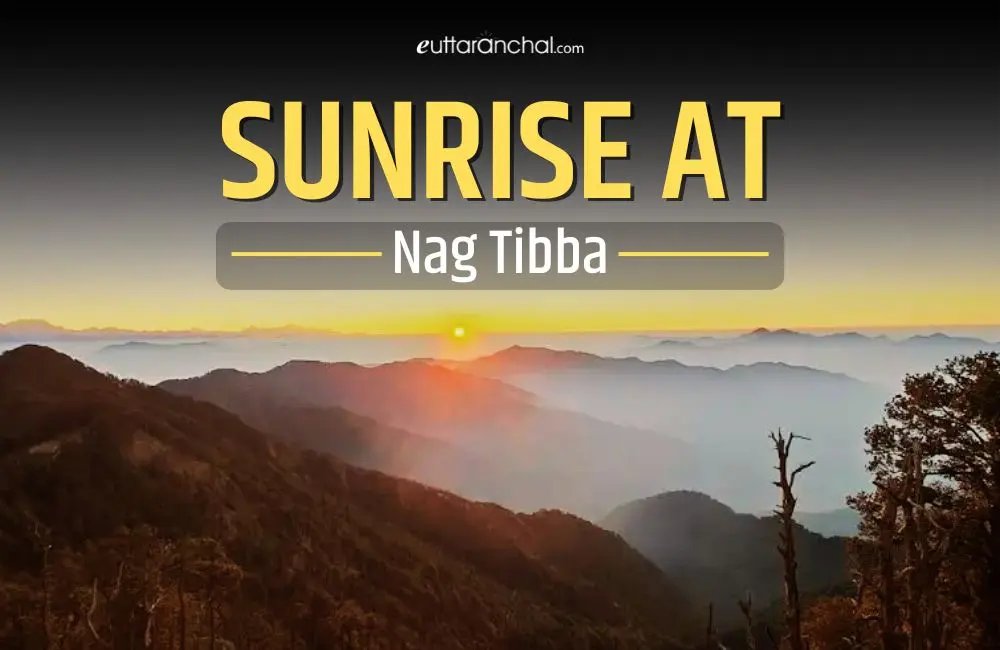
Witnessing the sunrise at Nag Tibba is a breathtaking experience that combines natural beauty, spiritual serenity, and the thrill of adventure. Nag Tibba, located in the Lower Himalayas near Mussoorie, Uttarakhand, is a popular trekking destination, and its base, near the revered Nag Devta Temple, offers an ideal vantage point for catching the first light of dawn.
As the sun rises over the snow-capped peaks of the Garhwal Himalayas, the sky transforms into a canvas of vibrant hues, making it a must-do for trekkers and nature enthusiasts.
Sunrise at Nag Tibba - A Magical Himalayan Experience
To catch the sunrise at Nag Tibba, you’ll need to plan your trek to arrive at the base or summit before dawn. Here’s a step-by-step guide:
Trek to Nag Tibba Base: Start your trek from Pantwari (a 2–3 hour drive from Mussoorie) in the afternoon. The 8–10 km trek to the Nag Devta Temple base takes 4–6 hours, passing through forests and meadows. Set up camp near the temple (with forest authority permission) for the night.
Early Morning Ascent (Optional): For the best sunrise views, wake up around 3–4 AM and trek the final 1 km to the Nag Tibba summit. The trail is steep but short, taking about 30–45 minutes.
Sunrise Timing: Sunrise typically occurs between 5:30 AM and 6:30 AM, depending on the season. Check exact timings for your travel dates.
Why Sunrise at Nag Tibba is Special?
The sunrise at Nag Tibba is a spectacle of nature’s grandeur. From the meadows near the Nag Devta Temple or the summit (3,022 meters), you’ll witness the golden rays illuminating iconic peaks like Bandarpoonch, Swargarohini, Srikantha, and the Gangotri group. The serene ambiance, coupled with the crisp mountain air and the distant sound of birds, creates a moment of profound peace and awe.
What to Expect: As dawn breaks, the sky shifts from deep indigo to shades of pink, orange, and gold. The first rays light up the Himalayan peaks, creating a surreal glow over the rolling meadows and forests below.
Tips for a Memorable Sunrise
Gear Up: Carry warm clothing (temperatures can drop significantly before dawn), a headlamp for the pre-dawn trek, and a sturdy pair of trekking shoes.
Photography: Bring a camera or smartphone with a good low-light setting to capture the vibrant colors. A tripod can help for long-exposure shots.
Stay Safe: Stick to marked trails, especially in the dark, and consider hiring a local guide for navigation.
Pack Light: Carry water, snacks, and a small first-aid kit. Avoid heavy luggage for the summit push.
Respect Nature: Keep the area clean by carrying back all waste, and avoid disturbing wildlife.
Weather Check: Clear skies are crucial for a good sunrise. Avoid monsoon months (July–August) due to cloud cover and slippery trails.
The sunrise at Nag Tibba is more than just a visual treat—it’s a soul-stirring experience that blends adventure, spirituality, and the raw beauty of the Himalayas. Whether you’re a seasoned trekker or a first-time adventurer, standing atop Nag Tibba as the first light bathes the peaks is a memory that will stay with you forever.
Useful Tips
- Always check weather conditions and obtain necessary permits from local authorities before trekking. For guided tours or updated trail information, consult local trekking agencies in Mussoorie or Dehradun.


